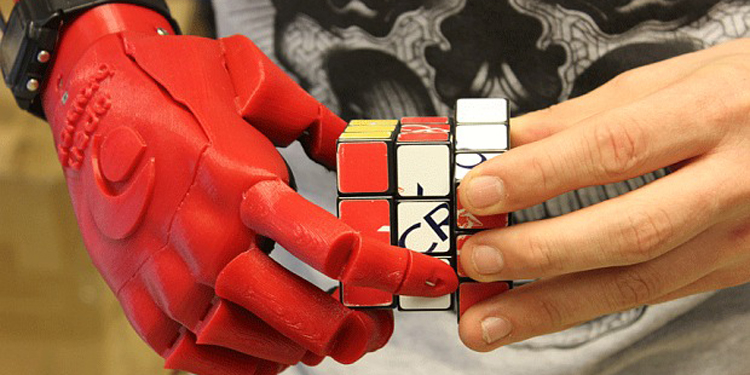Our country celebrates National Science Day on February 28, 2017 to mark the discovery of the Raman effect by Indian physicist Sir Chandrashekhara Venkata Raman on 28 February 1928 for his discovery, Raman was awarded the Nobel Prize in Physics in 1930.
National Science Day is being celebrated every year to:
- widely spread a message about the Importance of science used in the daily life of the people
- display all the activities, efforts and achievements in the field of science for human welfare
- discuss all the issues and implement new technologies for the development of the science
- give an opportunity to the scientific minded citizens in the country
- encourage the people as well as popularize the Science and Technology
Having come across some specially abled people in our day-to-day life always make us to thank GOD for our well being and force us to be considerate towards these people. Life with disabilities is very difficult and same is the care and motivation of such people towards leading a respectable and successful life. There are numerous examples in the society that with sheer dedication and love of their near and dear ones many persons with even high levels of disability have been very successful in leading a respectable and satisfying life. Our motive/duty as a human being should always be not only to be sympathetic towards these people but should contribute towards their well being and growth in their life. No doubt, there are many examples of people making their sincere efforts towards improving the life style of these sepecially abled persons but much have to done at government level and with the help of science and technology.
This year, the government of India has directed to celebrate National Science Day with a theme “Science and technology for specially abled persons” in order to encourage innovation, awareness and reach of accessibility solutions worldwide to over one billion differently-abled people in the world. As per records, 50 per cent of India’s 100 million differently-abled persons are under the age of 30 and there is a huge need for assistive technology products. The government plans to bring together government, corporates, educators, NGOs and the differently-abled people so as to understand their needs and provide information on available solutions that can include differently-abled people to participate independently in all walks of life.
People with disabilities meet barriers of all types. For years, disabled people had to rely on somebody else doing things for them. But now with the help of assistive technology, disabled people can do things that would have never been possible before - from switching on a light to having a voice to express themselves. Technology has always lent a helping hand for people with disabilities such as visual impairment, speech impairment, people with motion disabilities or disorders etc. There are a lot of apps and gadgets that can help ease the difficulties people with disability face on a daily basis. Moreover, technologies that could help disabled people contribute more in the workplace - and improve their quality of life. Some examples of assistive technologies are:
- People with physical disabilities that affect movement can use mobility aids, such as wheelchairs, scooters, walkers, canes, crutches, prosthetic devices, and orthotic devices, to enhance their mobility.
- Hearing aids can improve hearing ability in persons with hearing problems.
- Cognitive assistance, including computer or electrical assistive devices, can help people function following brain injury.
- Computer software and hardware, such as voice recognition programs, screen readers, and screen enlargement applications, help people with mobility and sensory impairments use computer technology.
- In the classroom and elsewhere, assistive devices, such as automatic page-turners, book holders, and adapted pencil grips, allow learners with disabilities to participate in educational activities.
- Closed captioning allows people with hearing impairments to enjoy movies and television programs.
- Barriers in community buildings, businesses, and workplaces can be removed or modified to improve accessibility. Such modifications include ramps, automatic door openers, grab bars, and wider doorways.
- Lightweight, high-performance wheelchairs have been designed for organized sports, such as basketball, tennis, and racing.
- Adaptive switches make it possible for a child with limited motor skills to play with toys and games.
- Many types of devices help people with disabilities perform such tasks as cooking, dressing, and grooming. Kitchen implements are available with large, cushioned grips to help people with weakness or arthritis in their hands. Medication dispensers with alarms can help people remember to take their medicine on time. People who use wheelchairs for mobility can use extendable reaching devices to reach items on shelves.
